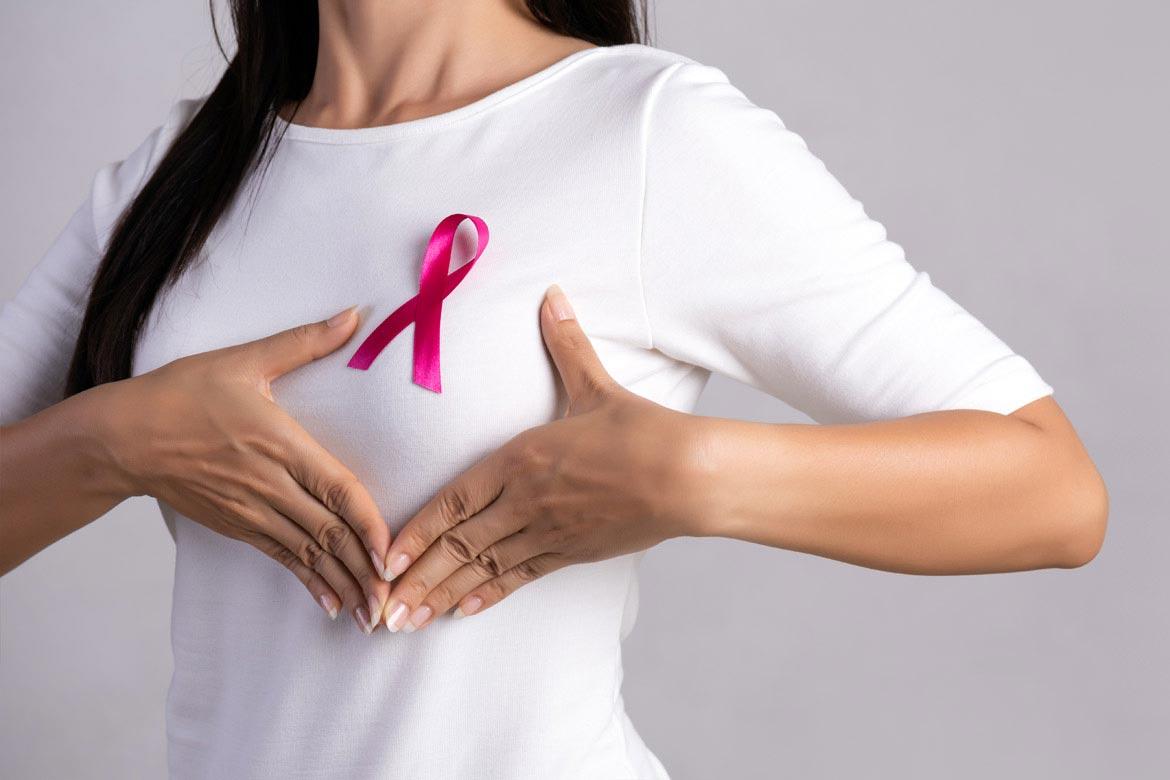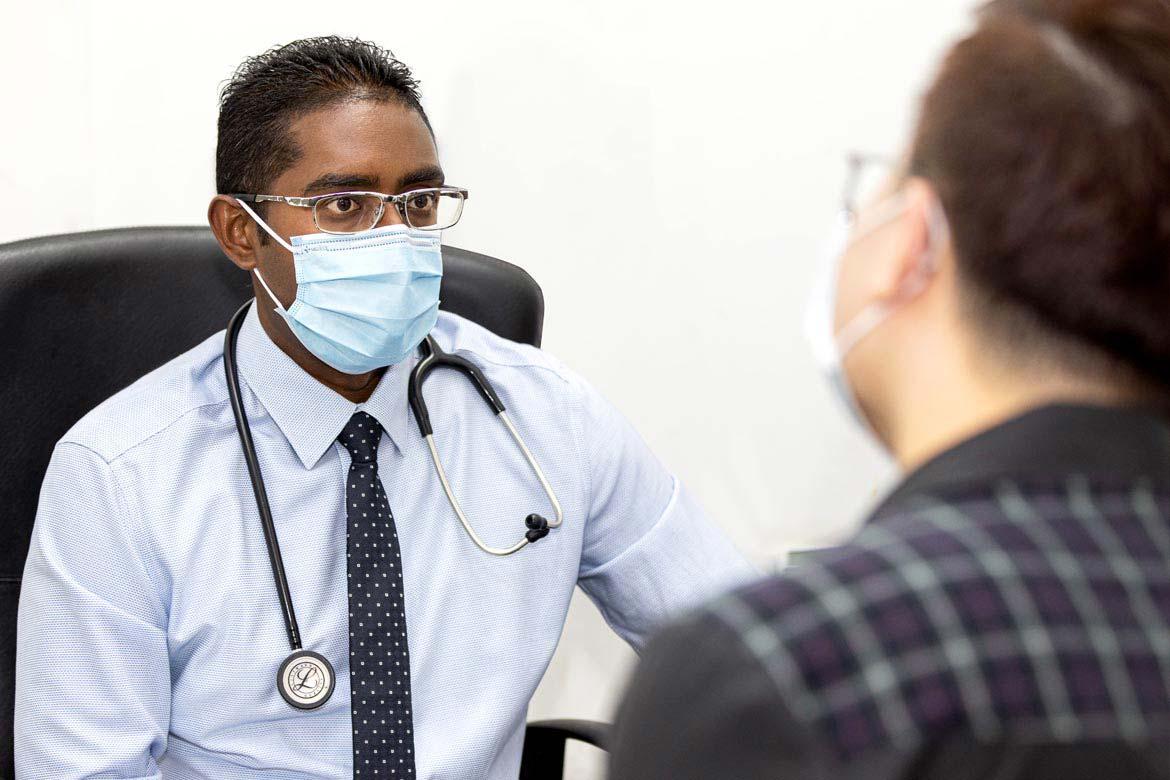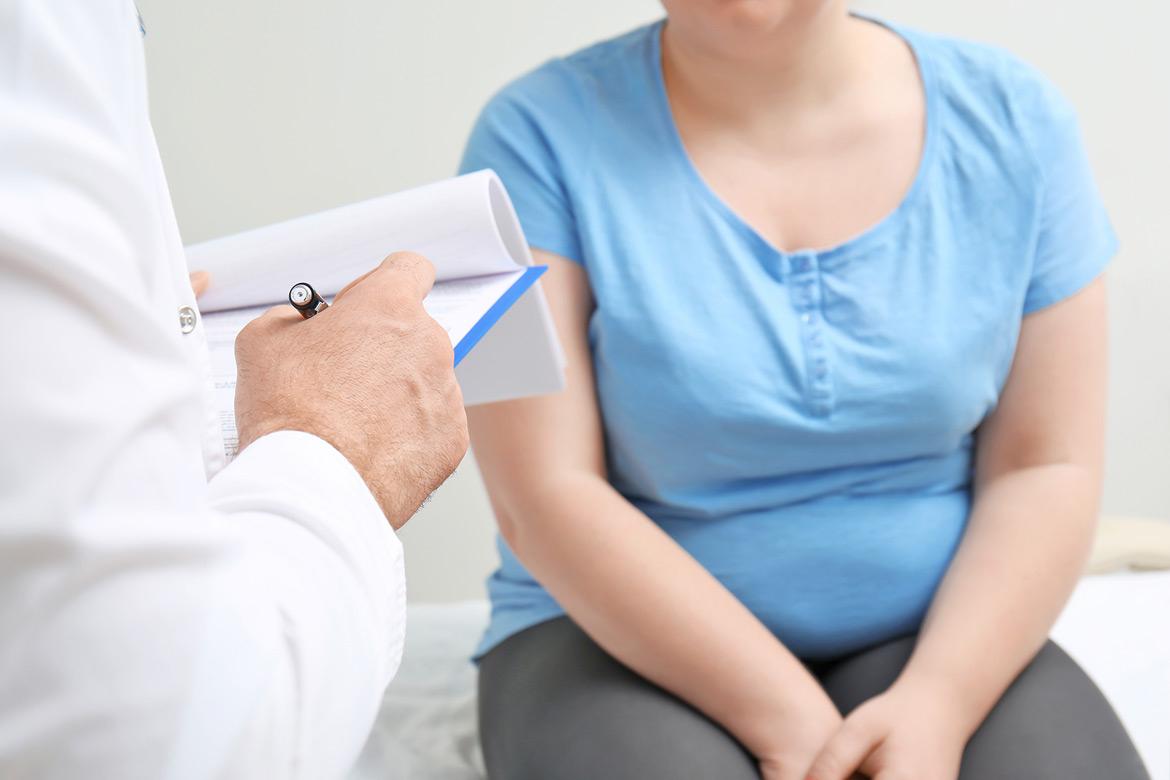-
-
Featured Care Areas

Varicose Veins
How are varicose veins diagnosed?
Varicose veins are visible near the skin’s surface and can be diagnosed through a physical examination. Healthcare providers will assess your veins by feeling and observing them while you sit and stand. They may also ask about your medical history and symptoms.
How is varicose veins treated?
- Elevation: Raising your legs above waist level several times a day improves blood flow and reduces vein pressure.
- Elastic stockings: Compression stockings or socks help support veins, reduce discomfort, and prevent further stretching.
- Injection therapy (Sclerotherapy): A provider injects a solution into the vein, causing it to close, turn into scar tissue, and fade over time.
- Laser therapy: In a minimally invasive procedure (endovenous thermal ablation), a catheter and laser are used to seal off a damaged vein.
- Ambulatory phlebectomy: A provider makes small incisions near the vein to tie off and remove sections of it.
- Vein surgery (Ligation and stripping): The affected vein is tied off to stop blood pooling, and in some cases, removed to prevent recurrence.
This coverage checker is brought to you by Health Insured, an online resource that helps you understand your health coverage in Singapore.
This page has been reviewed by our medical content reviewers.
Need help?
For enquiries, please call
+65 6575 7575
For appointment bookings, please WhatsApp
+65 8111 9777








